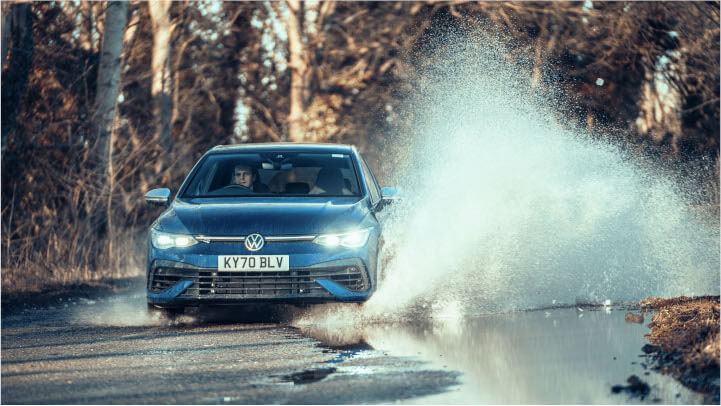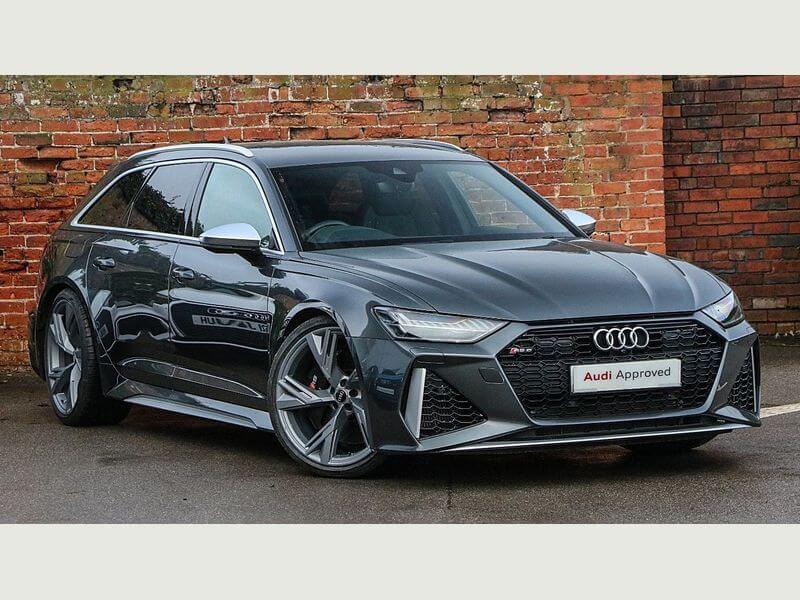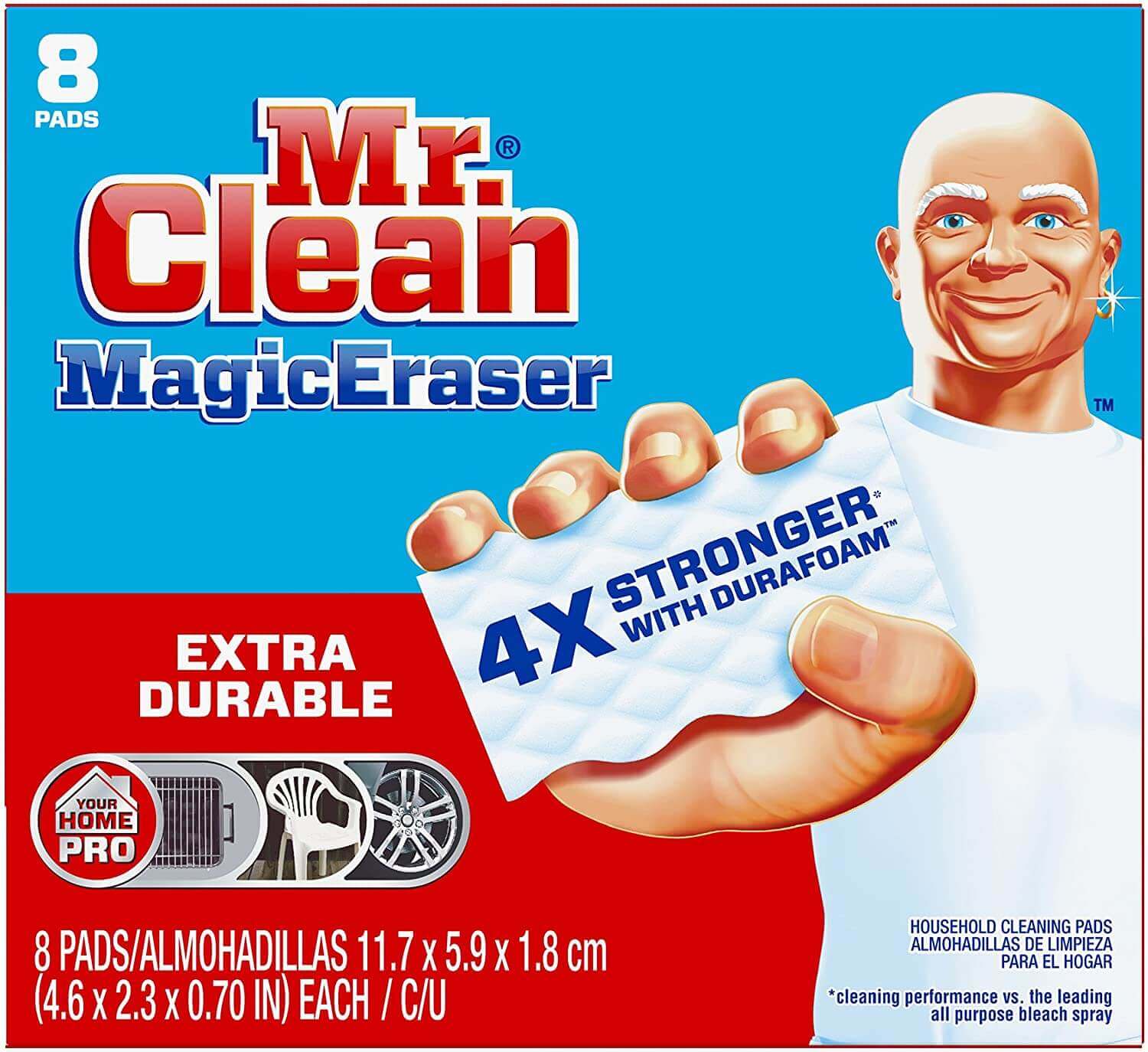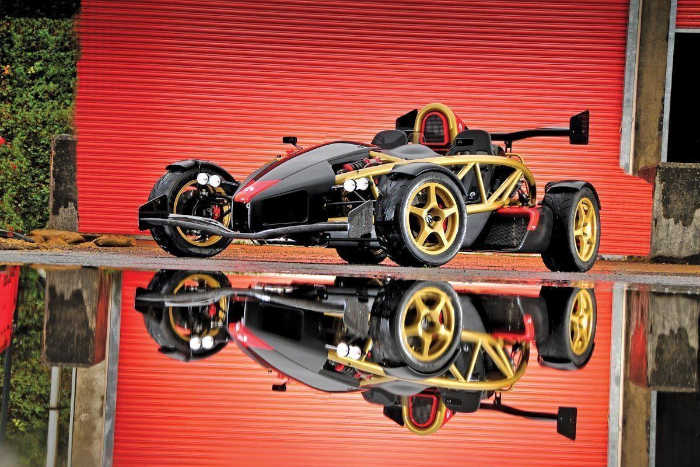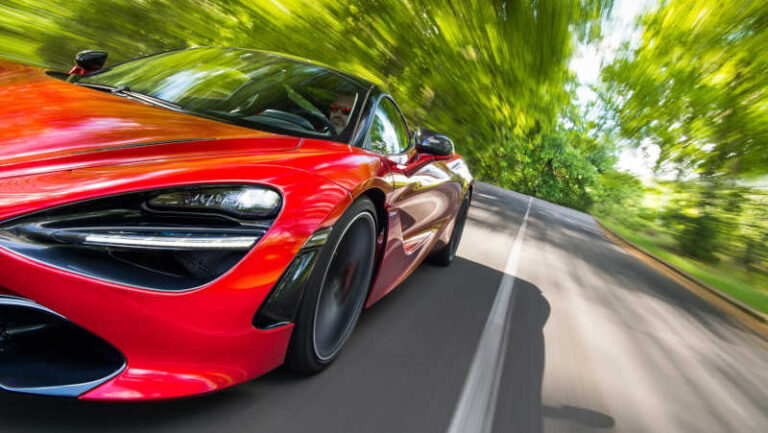The Effect of Rain on Headlight Restoration
Rain makes it harder to do most activities, as a result, it is easier to wait it out then continue where you left off. This applies when restoring headlights outside, the rain will make you wet and it will be impossible to work on the headlight effectively. The best practice would be to work in an enclosed space like a garage.
Even after working in a closed space you still have to let the product dry. Let’s look at what happens when rain affects the restoration process.
Effect of Rain on Restoration Kits
Restoration kits can be affected by rain when applying the sealant. It will either be washed off, leaving the headlight with no protection from the UV rays, or the headlights will not cure fully and might have a wet-like appearance, which will make them vulnerable to dust, rain, and road grime. If the sealant gets dirty, then the whole process has to be repeated again. It is always a good idea to postpone restoration when it is raining to a day with clear skies so as to avoid mistakes.

If you really have to restore your headlights when it’s raining, then the best solution would be to do so in an enclosed space like a garage. After that, the restoration can begin. When done please leave the car in the garage for a day to allow the headlight sealant to cure. Once that is done then you can resume using your car as usual.
Professional Restoration
There are mainly two ways in which your headlights can be restored professionally:

Using a polishing machine requires the headlight to be sanded down with different grit of sandpaper then finishing the process with a polisher. After the polisher, I can either apply a sealant, wax, or ceramic coating for protection against UV light. It is the application of UV protection that will determine the curing time for your headlight.
Waxes need no cure time and the car can be used immediately, even when it rains. As for sealants and ceramic coating, those require curing times and hence your car cannot be driven in the rain until the product is dry.
Restoration using clearcoat is another professional way of restoring headlights. The process involves sanding the headlight at different stages and applying a UV-resistant coat. The curing time for clearcoat is usually a day. Before then, the car should be stored away from the rain and used once the coat is dry.
The only way to restore your headlights while it rains is to sand down the headlights, polish them, and finally, apply a coat of wax for protection. This is a temporary solution and you will be required to restore the headlights again for long-term reliability. Later on, when conditions are favorable, we can restore the headlights using a clear coat.
Before then wax should be applied as often as possible to keep your headlights in the best condition possible. At least apply the wax every time your car is washed or clean the headlights to apply wax. It should be noted that this is done in an enclosed space and once the job is done one can drive after the job is done even when it is raining. Apart from waxes, sealants and ceramic coatings can be used as well and once done can be exposed to the rain without damaging the protection.
A great tip for aiding the drying time for headlights is to use a heat gun. The heat cures the clear coat faster, just as a car would when placed in an oven after painting. There is a UV-treated clear coat that you can use to restore headlights, which allows them to dry immediately when treated with UV light. This can be done with a UV torch. The coat is more expensive than a normal clear coat, but it will get you the result you want.
In summary, when restoring headlights while it’s raining, be sure to use wax as a protection for your headlights as you wait for clear weather when you will be able to apply sealants or clearcoat. If you have to restore the headlights completely, it is better to use a UV-treated clear coat, as that dries immediately when treated with a UV torch. To learn more on headlight restoration please read more articles here.
